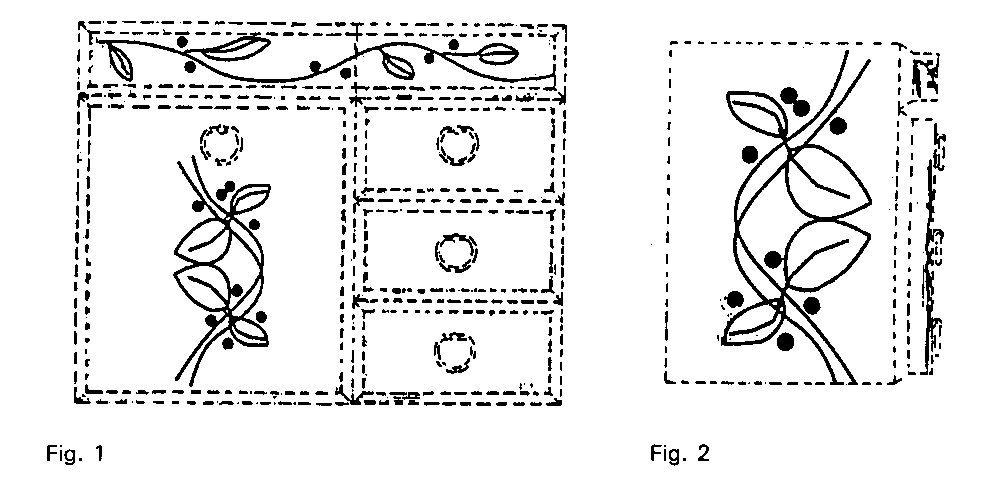Will a design patent protect your idea?
Without a doubt, design patents are cheaper and quicker to obtain than utility patents. The low cost and low probability of rejections certainly make design patents an appealing option for cash-strapped startups seeking some type of protection. If the appearance of your product or concept is unique, then it would be wise to file a design patent application. The question is not whether you should file, but the level of protection you will obtain. Will a design patent sufficiently protect your product or concept?
Let’s start with what design patents cannot do.
What does a design patent not protect?
A design patent does not protect the function or any utilitarian features of an invention. Here’s a simple test to determine whether a feature is ornamental or functional. Ask whether the feature looks different or performs a function differently. Sometimes, the answer can be both.
It’s OK for a product to have both ornamental and functional features. Just understand that a design patent provides no protection for functionality. Even if the USPTO grants a design patent for a product that is primarily functional, that will not stop future infringers from arguing the functionality defense. That is, the functional features in your patented product are not protected by your design patent.
Though this is not a categorical rule, it would be generally accurate to say that features already existing in the prior art would not be protected by a design patent. A newly granted design patent would presumably cover a new combination of features. So any prior art patents or products could limit the scope of your design patent protection.
How can competitors avoid infringing your design patent?
It is generally easier to navigate around design patents than utility patents. Think of a patent as a roadblock. Others are trying get past it. If your roadblock is narrow, it will be easier for others to navigate around your obstacle to reach their final destination (sales). If your roadblock is broad, it would be more difficult to go around your barrier.
Utility patents typically provide you with a broader barrier. Design patents are narrower, generally speaking. So to broaden your rights, you may need to think about filing both utility and design patent applications.
If your concept lacks unique functional features, but comes in various designs, then consider filing multiple design patent applications. Prioritize what you believe will be the most popular designs for protection.
Think about how competitors might change the appearance of a competing product. Would it be worthwhile to apply to register those alternative designs?
How can you get stronger design patents?
The US patent system has a unique option not offered in many foreign countries: broken lines. When used properly, broken lines in design patent drawings can broaden the scope of the design claim by not covering certain subject matter. It seems counterintuitive: you get more by claiming less. It takes some careful thought with your patent attorney to develop a smart strategy for using dashed lines.
Here’s an example of a design patent drawing with broken lines to exclude the shape of the product:

Can you see how the above design patent would help if a competitor were to copy the same artwork, but use a different jewelry cabinet? What if a competitor copied the artwork onto a different type of cabinet?
Why not build a design patent portfolio?
With only one design patent, it may be relatively easy for competitors to come up with a different looking product to avoid infringement. With a portfolio of design patents, however, it can become much harder to design around your patent rights. If a competitor gets past one design patent, you will have additional backup weapons to use.
Another strategy would be to file design applications on each unique part of an overall assembly. By patenting each component as well as the entire system, you will have more ammunition to use against competitors that have copied only certain portions of the overall product.
Thinking of filing a design patent application?
Contact US patent attorney Vic Lin by email or call (949) 223-9623 to get a fixed price quote to file your design patent application. Let’s see if we can customize and execute an IP strategy that will use design patents effectively to protect your innovation.


